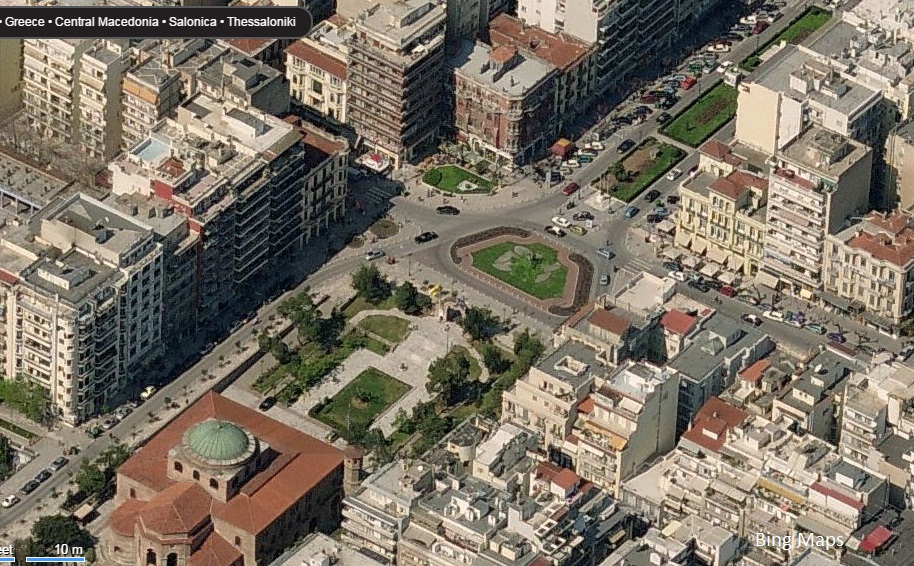Agias Sophias Square, Karolou Ntil, Iktinou Street, Zefxidos Street
The Agias Sophias area is a market with interesting shops, some of the most famous patisseries and several cafes and bars.
Location
Timeline
Modern and Contemporary era (1912 - )
1913 Cretan gendarmes, together with the Greek army occupied the Bulgarian garrison headquarters, the current patisserie / Terkenlis house.
1944 On November 2, the liberation of the city from the Nazis was solemnly commemorated.













Share